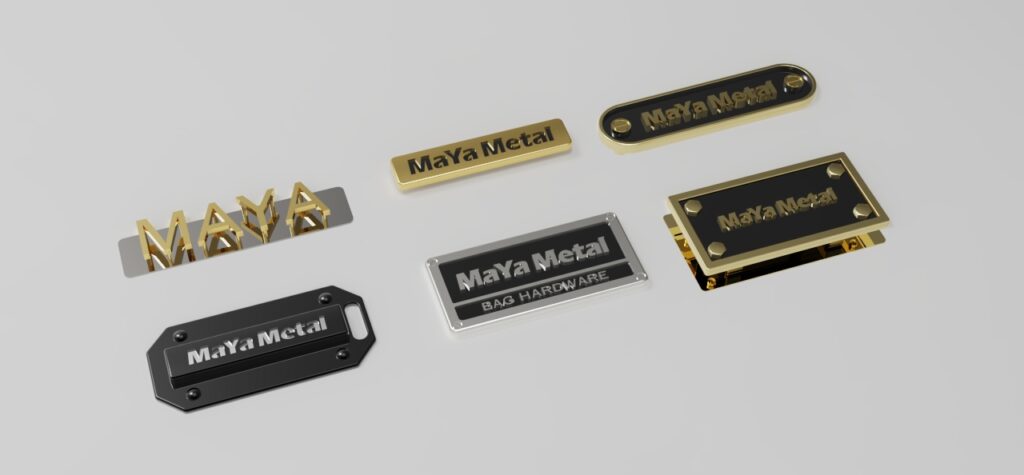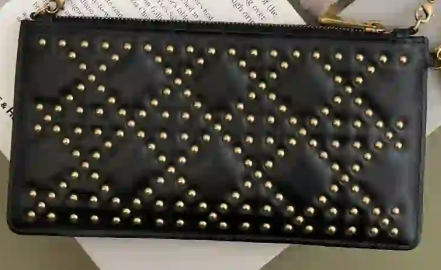Common materials for processing hardware and luggage accessories are key factors in ensuring product quality and functionality. These materials not only need to meet the requirements of mechanical strength and durability, but also need to take into account processing performance and cost-effectiveness. In the production process of hardware and luggage accessories, the choice of materials directly affects the performance, appearance and service life of the final product. The following are some common materials and their characteristics.
Steel is one of the most commonly used materials in processing hardware and luggage accessories. Steel is known for its high strength, durability and cost-effectiveness, and is widely used in components such as box structures, brackets and connectors. According to specific needs, steel can be divided into different types such as carbon steel, stainless steel and alloy steel. Among them, stainless steel is particularly suitable for luggage accessories in humid or corrosive environments due to its excellent corrosion resistance.
Aluminum is also an indispensable material in hardware and luggage accessories. Aluminum has low density, high strength and good processing performance, and is suitable for parts that require lightness and high strength, such as box shells, handles and brackets. Aluminum alloys can further improve their strength and corrosion resistance by adding other metal elements, such as magnesium and silicon, making them an ideal choice for high-end luggage accessories.
In addition to steel and aluminum, copper is also widely used in some special scenarios. Copper has excellent conductivity and corrosion resistance, and is often used in conductive parts or connectors that require corrosion resistance in luggage accessories.
Plastics are also a material that cannot be ignored in hardware luggage accessories. Engineering plastics, such as polycarbonate (PC) and polycarbonate blends (PC+ABS), are often used in parts such as box shells, liners and buffers due to their high strength, impact resistance and good processing properties. The lightness and diverse color options of plastic materials make them widely used in luggage accessories in the consumer electronics and daily necessities fields.
In some high-end or special-purpose luggage accessories, zinc alloys and titanium alloys are also used. Zinc alloys are known for their high strength and corrosion resistance and are often used in high-strength connectors and brackets; while titanium alloys are suitable for luggage accessories in the aerospace and high-end industrial fields due to their ultra-high strength-to-weight ratio and excellent corrosion resistance.
Composite materials are also materials that have gradually gained attention in recent years. Composite materials can provide high strength and durability while maintaining lightness by combining metals with plastics or other materials. This material is often used in high-performance luggage accessories, such as carrying cases for military equipment and precision instruments.
The selection of materials for processing hardware luggage accessories requires comprehensive consideration of multiple factors such as strength, durability, processing performance, cost and application environment. From steel, aluminum to plastics and composite materials, each material has its unique advantages and applicable scenarios. With the continuous advancement of technology and changes in market demand, more new materials will be used in the production of hardware luggage accessories in the future, providing products with higher performance and broader application space.

